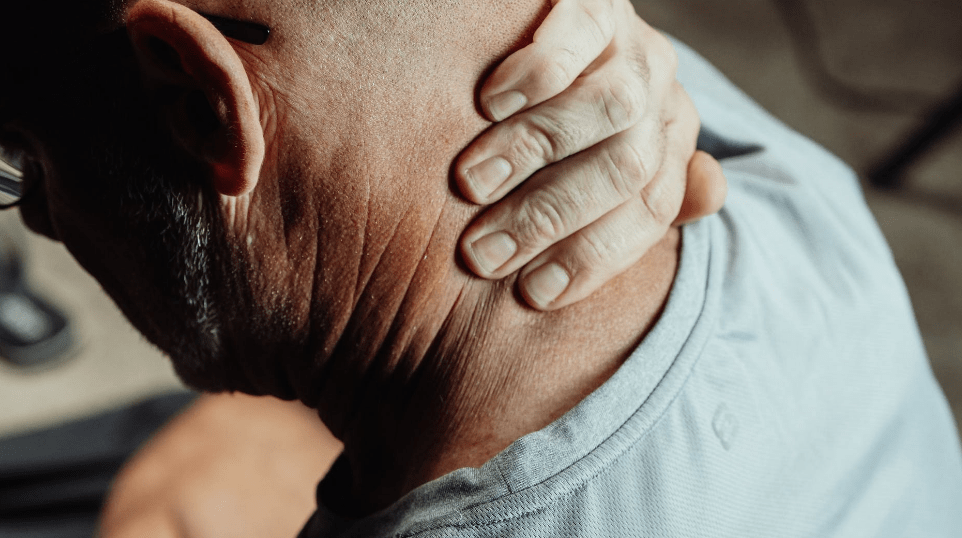Most of us have had neck or back pain at some point in our lives. It may be caused by playing sports, an accident, a bone disorder like scoliosis, or even by bad posture.
Little do we know, our neck and back pains are caused by how we sit and stand daily. Repetitive actions at home and work, such as sitting at the front of your desk, carrying stuff around, and how your arms are aligned to your desk can contribute to the muscle tightness and tension that result in neck and backache. And sometimes, due to the pain, we can’t function during the day or sleep well in the evening.
And what can improve such? By improving your posture. In this article, we will discuss some ways to minimize neck pain, as well as the basics of good posture that you should try to learn and practice every day.
The deal behind a neck pain
The bones, muscles, ligaments support your head and allow the latter to move, and any inflammation, injury, and abnormalities can cause pain or stiffness.
Most of the time, neck pain is just minor and can be relieved within a few days. However, there are some that are severe and require a doctor’s care.
Causes of neck pain
There are various reasons why people experience neck pain. They are as follows:
1. Muscle tension and strain
This is characterized by various factors, such as poor posture, working at a desk for long periods without changing position, jerking the neck during stretching or exercise, and sleeping while your neck is in an uncomfortable position.
2. Injury
The neck part is vulnerable to accidents and other forms of injuries, especially car accidents, sports, falls, and others where the ligaments and muscles of the neck are pushed to move outside their usual range. If the neck bones are fractured, chances are the spinal cord is affected too.
3. Meningitis
This condition happens when there is an inflammation of the thin tissue surrounding the nervous system. People with meningitis often experience headaches, fever, and stiff neck. This is a fatal disorder and considered a medical emergency.
4. Rheumatoid arthritis
This causes bone spurs, joints swelling, and pain. And when this occurs in the neck area, a neck pain can happen.
5. A symptom of other diseases
Neck pain is usually associated with disorders such as fibromyalgia, osteoporosis, spondylosis, herniated cervical disk, and spinal stenosis.
How to practice proper posture
Now that you know the different causes of neck pain, it is important to be proactive just so you can minimize the risk of having regular neck pains.
Here’s how to properly stand:
- Stand with two feet flat on the floor, just shoulder width apart.
- Stand tall. Imagine that a string is pulling your head up then let your arms relax by your sides.
- Gently pull your belly button towards your spinal cord.
- Keep your chin parallel to the floor.
If you spend most of your workdays in front of your desk, here is a guide to help you have a good posture during work hours:
- Keep your back straight and shoulders back all the time.
- Make sure your feet are on the floor. If you can’t reach the floor, then get a platform for your feet to lay flat on. Do not cross your ankles or legs.
- Your forearms should be resting on the table while your shoulders are back.
- Just like when standing, your chin should be parallel to the floor.
- Keep your ears aligned with your collar bones.
4 tips to improve your posture
Keep neck and back pains at bay by practicing these simple exercises.
Imagery
Imagine a straight line passing through your body from the floor to the ceiling. Always imagine a string that is pulling your head up, stretching you taller. Hold your pelvis level, making sure not to allow your lower back to sway and resisting the urge to stand in tip toes. Picture yourself as a ballerina in his greatest position.
Squeeze
Sit with your back straightened and your hands resting on your thighs. Your shoulders should be down. Gently squeeze your shoulder blades together, then count to five, then relax. You should repeat three to four times every hour or as necessary.
Upper body Stretch
Stand and face a corner with your arms raised and palms flat against the wall, and elbows are just shoulder height. Place your left foot ahead of the right. Bend your left knee and exhale as you slowly lean yourself toward the corner. Keep your back straight and head up. You should be able to feel a relaxing stretch on your upper body.
Arm and chest stretch
Raise your arm until it is parallel to your shoulder in front of you, then bend the arm, keeping your forearm parallel to the floor. Hold the right elbow with your left hand then pull it across your chest. You should be able to feel a nice stretch on your upper arm. Hold for 20 seconds then repeat for the other arm.

